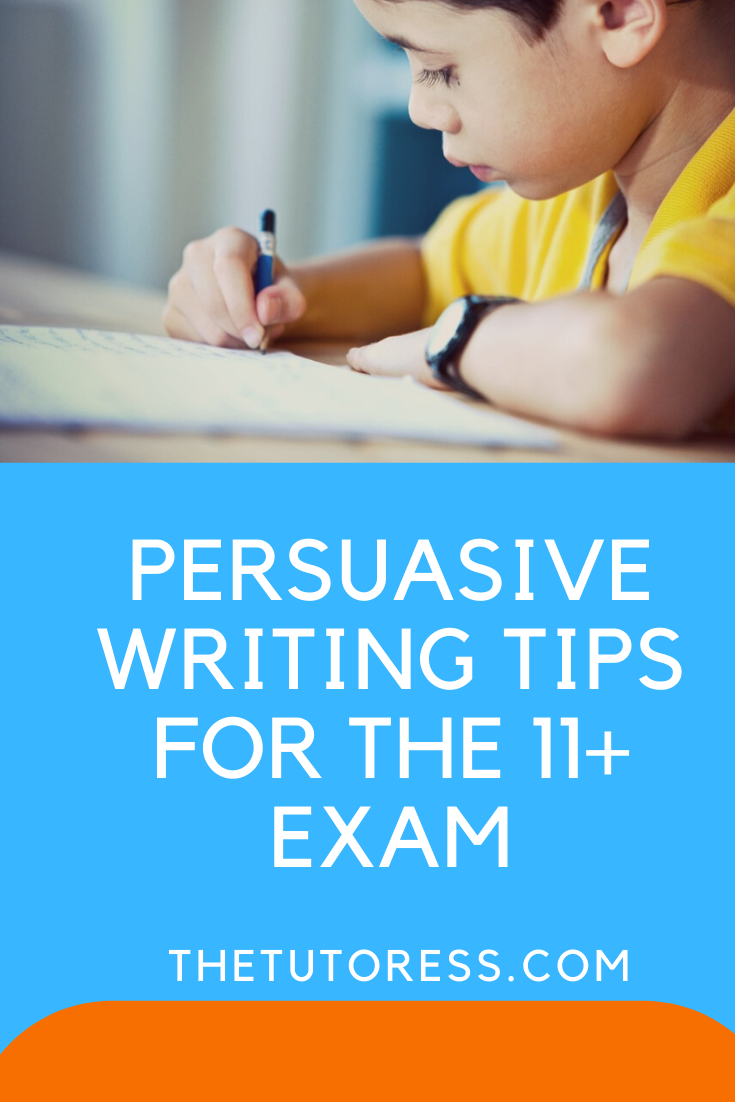Firstly, a big thank you to all of the parents that have sent in emails and messages to share how much your child enjoys our Facebook Live sessions. It means the world to us!
In today’s blog post, we’re delving into character descriptions. To tackle this very important area of creative writing, we’re sharing one of our recent Facebook Live tutorials where our founder, Mrs Victoria, teaches students how to write descriptions that impress teachers.
You see, when it comes to creative writing, it’s vital that students know how to write character descriptions in a way that is effective, gripping and interesting so that they can maximise marks.
It’s also a lifelong skill that is needed throughout KS2, 3 and 4. Furthermore, writing great character descriptions helps students to make their stories more interesting, vibrant, unique and engaging so that the reader wants to continue reading their story.
Unfortunately, most children write stories with boring character descriptions. Let’s take a look at some examples of these types of descriptions:
He had brown hair.
She was a short and sweet girl.
He was incredibly rude.
Why are these descriptions bad?
Because they don’t allow the reader to picture the character that is being mentioned.
They give us little information about the character and these descriptions don’t enable our imaginations to run wild.
To score top marks, we want to write vivid, colourful descriptions that create pictures in the mind of readers.
The thing with creative writing is that improving your child’s marks doesn’t have to be a difficult process - it really just involves teaching them quick but powerful tricks to help them write more descriptively and imaginatively.
Let’s look at some great descriptions by watching the Live tutorial below. Click the ‘play’ button to get started.









